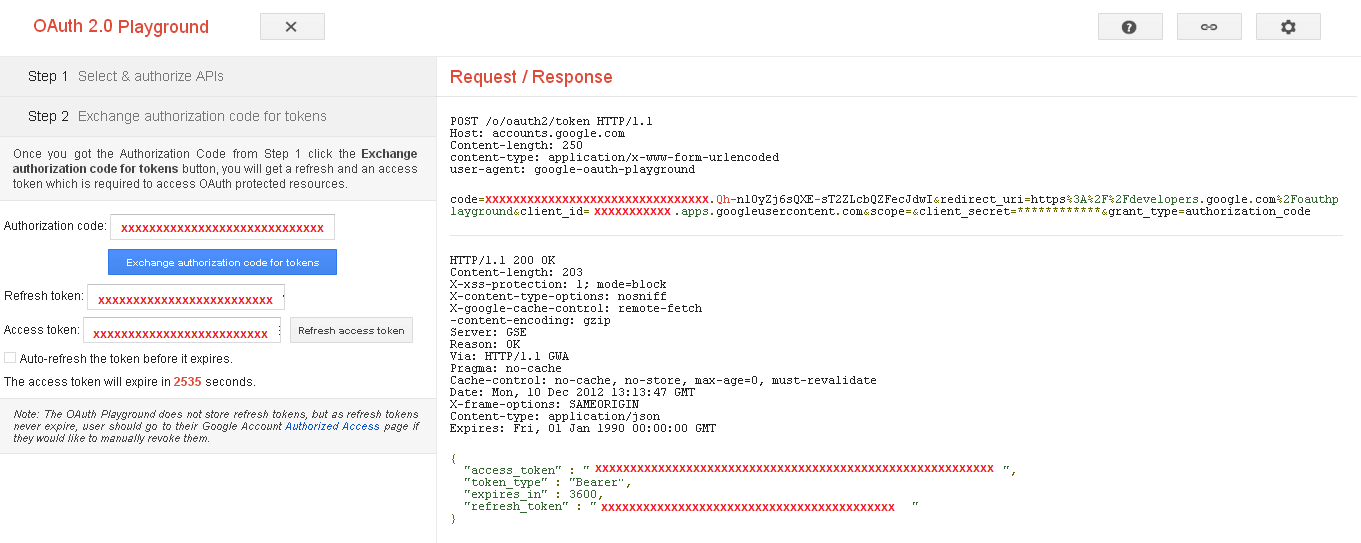Unlike other posts on this blog, this particular post is more focused on coding using R so an audience with a developer mindset would like it more than pure business analysts.
My goal is to describe an alternative method to use to extract the data from Google Analytics via API into R. I have been using R for quite some time but I think the GA library for R has been broken and while they did make an update, it’s sort of not being used right now.
Considering this, I thought to write it down by myself on moving on as more data-related operations are now being done using R.
Moreover, the Rgoogleanalytics package that is available is built for Linux only and my Windows friends may just like me to have something for them as well.
Ok so let’s get started, it’s going to be very quick and easy.
There are some prerequisites for GA Data extraction in R:
- At least one domain must be registered with your Google analytics account
- R installed with the following the Googleng packages
- Rcurl (download by clicking here)
- rjson (download by clicking here)
Steps to be followed for Google Analytics data extraction in R :
Set the Google Analytics query parameters for preparing the request URI:
To extract the Google Analytics data, first, you need to define the query parameters like dimensions, metrics, start date, end date, sort, and filters as per your requirement.
# Defining Google analytics search query parameters # Set the dimensions and metrics ga_dimensions <- 'ga:visitorType,ga:operatingSystem,ga:country' ga_matrics <- 'ga:visits,ga:bounces,ga:avgTimeOnSite' # Set the starting and ending date startdate <- '2012-01-01' enddate <- '2012-11-30' # Set the segment, sort and filters segment <- 'dynamic::ga:operatingSystem==Android' sort <- 'ga:visits' filters <- 'ga:visits>2'
Get the access token from Oauth 2.0 Playground
We will obtain the access token from Oauth 2.0 Playground. Following are the steps for generating the access token.
- Go to Oauth 2.0 Playground
- Select Analytics API and click on the Authorize APIs button with providing your related account credentials
- Generate the access token by clicking on the Exchange authorization code for tokens and set it to the access token variable in the provided R script
 Retrieve and select the Profile
Retrieve and select the Profile
From the below, you can retrieve the number of profiles registered under your Google Analytics account. With this, you can have the related GA profile id. Before retrieving profiles ensure that the access token is present.
We can retrieve the profile by requesting to Management API with accesstoken as a parameter, it will return the JSON response. Here are the steps to convert the response to the list and store it in to the data frame object profiles.
# For requesting the GA profiles and store the JSON response in to GA.profiles.Json variable
GA.profiles.Json <- getURL(paste("https://www.googleapis.com/analytics/v3/management/accounts/~all/webproperties/~all/profiles?access_token=",access_token, sep="", collapse = ","))
# To convert resonse variable GA.profiles.Json to list
GA.profiles.List <- fromJSON(GA.profiles.Json, method='C')
# Storing the profile id and name to profile.id and profile.name variable
GA.profiles.param <- t(sapply(GA.profiles.List$items,
'[', 1:max(sapply(GA.profiles.List$items, length))))
profiles.id <- as.character(GA.profiles.param[, 1])
profiles.name <- as.character(GA.profiles.param[, 7])
# Storing the profile.id and profile.name to profiles data.frame
profiles <- data.frame(id=profiles.id,name=profiles.name)
We have stored the profiles information in profiles data frame with profile id and profile name. We can print the retrieved list by following code
profiles
OUTPUT::
id name
1 ga:123456 abc.com
2 ga:234567 xyz.com
At a time we can retrieve the Google analytics data from only one GA profile. so we need to define the profile id for which we want to retrieve the GA data. You can select the related profile id from the above output and store it in to profileid variable to be later used in the code.
# Set your google analytics profile id profileid <- 'ga:123456'
Retrieving GA data
Requesting the Google Analytics data to Google analytics data feed API with an access token and all of the query parameters defined as dimensions, metrics, start date, end date, sort, and filters.
# Request URI for querying the Google analytics Data
GA.Data <- getURL(paste('https://www.googleapis.com/analytics/v3/data/ga?',
'ids=',profileid,
'&dimensions=',ga_dimensions,
'&metrics=',ga_matrics,
'&start-date=',startdate,
'&end-date=',enddate,
'&segment=',segment,
'&sort=',sort,
'&filters=',filters,
'&max-results=',10000,
'&start-index=',start_index*10000+1,
'&access_token=',accesstoken, sep='', collapse=''))
This request returns a response body with the JSON structure. Therefore to interpret these response values we need to convert it to a list object.
# For converting the Json data to list object GA.list GA.list <- fromJSON(GA.Data, method='C')
Now its easy to get the response parameters from this list object. So, the total number of the data rows will be obtained by the following command
# For getting the total number of the data rows totalrow <- GA.list$totalResults
Storing GA data in a Data frame
Storing the Google Analytics response data in R dataframe object which is more appropriate for data visualization and data modeling in R
# Splitting the ga_matrics to vectors
metrics_vec <- unlist(strsplit(ga_matrics,split=','))
# Splitting the ga_dimensions to vectors
dimension_vec <-unlist(strsplit(ga_dimensions,split=','))
# To splitting the columns name from string object(dimension_vec)
ColnamesDimension <- gsub('ga:','',dimension_vec)
# To splitting the columns name from string object(metrics_vec)
ColnamesMetric <- gsub('ga:','',metrics_vec)
# Combining dimension and metric column names to col_names
col_names <- c(ColnamesDimension,ColnamesMetric)
colnames(finalres) <- col_names
# To convert the object GArows to dataframe type
GA.DF <- as.data.frame(finalres)
Finally the retrieved data is stored in GA.DF dataframe. You can chek it’s top data by the following command
head(GA.DF)
OUTPUT::
visitorType operatingSystem country visits bounces avgTimeOnSite
1 New Visitor Android Australia 3 1 106.0
2 New Visitor Android Belgium 3 1 155.33333333333334
3 New Visitor Android Poland 3 0 60.0
4 New Visitor Android Serbia 3 2 40.666666666666664
5 New Visitor Android Spain 3 1 43.0
6 Returning Visitor Android (not set) 3 3 0.0
You will need this full R script for trying this yourself, You can download this script by clicking here. Currently, I am working on the development of R package, which will help R users to do the same task with less effort. If anyone among you is interested provide your email id in the comment, and we’ll get in touch.
Would you like to understand the value of predictive analysis when applied to web analytics data to help improve your understanding relationship between different variables? We think you may like to watch our Webinar – How to perform predictive analysis on your web analytics tool data. Watch the Replay now!


